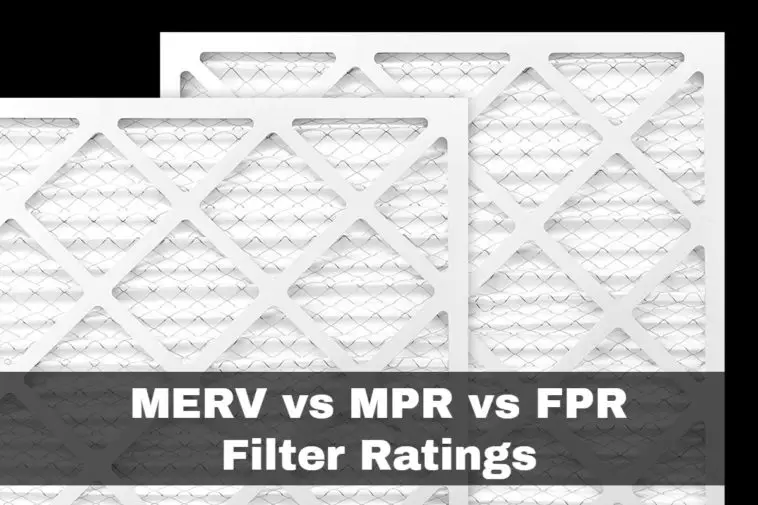Introduction
If you own an HVAC system, you may already know that it is prone to regular maintenance and one of the most important upkeeps is to change the air filter often. Experts say that the air filter from an HVAC system needs to be replaced every three months of usage. This period can also more or less change depending on the environment the system runs on. However, not all air filters are the same, and they are rated differently.
Most of the time, the HVAC system will already inform the rating of the required air filter in the owner’s manual. However, not all systems depict the rating clearly, and rather it can be very confusing. In such a case, it is up to the user to deduce the required rating of the air filter and install it accordingly. Therefore, in this article, we will help you determine what different air filter rating means and compare the different rating system currently used for air filters.
Why are Air Filter Ratings Needed?
The air filter rating, for the most part, determines how much protection it will provide from the airborne particle. Buying a higher rating air filter from Custom Filters Direct means it will block smaller dust particles and thus better protection. The unit micron is used to determine the size of these airborne particles, and dust can be between 0.05 to 500 microns. Not just dust, other fine particles, viruses, smoke, pollen, bacteria, etc., can also be filtered by an air filter, and the rating determines whether it can block a certain particle or not.
Particles less than 10 microns can easily enter the lungs during breathing. Thus, it is essential to know if your air filter can block specific particles. In summary, the rating system determines the effectiveness of the air filter and selecting the proper one is necessary to provide sufficient protection.
MERV, MPR, and FPR Filter Ratings
Currently, there are three filter ratings used globally. These three are MERV, MPR, and FPR. From these three, MERV is widely used. But you can also encounter other two rating systems, and it is important to know basic information about all of them.
MERV: Its full form is “Minimum efficiency reporting value” and is created by ASHRAE (American Society of Heating, Refrigeration, and Air Conditioning). Air filters are scored from 1 to 20 using the MERV rating.
MPR: The 3M company originated the “Micro-Particle Performance” system that rates the air filter from 100 to 2800. This rating system is only used for products manufactured by the 3M company.
FPR: “Filter Performance Rating” air filter rating system is distinctive to only Home Depot products, and it is ranged from 4 to 10.
Comparison of MERV vs MPR vs FPR Filter Ratings
Can you interchange the air filter rating system? Of course, you can! But first, you have to know how to equate one system with another. Following is the comparison table between MERV, MPR, and FPR air filter rating systems.
| Blocked Particles | Usage | MERV | MPR | FPR |
|---|---|---|---|---|
| Dust, Lint | N/A | <6 | <300 | <4 |
| Spores, Pollen, Mite Debris | Basic Residential | 6 – 8 | 300 – 1000 | 4 – 5 |
| Smog, Smoke, Pet skin flecks | Residential and Commercial | 8 – 11 | 1000 – 1900 | 6 – 7 |
| Virus, Bacteria, Airborne particles from the mouth | Smoking lounges | 11 – 13 | 1900 – 2800 | 8 – 9 |
| Nanoscale particles | Hospital and Surgery Rooms | >13 | >2800 | 10 |
Conclusion
As you can see, you may require a different air filter depending on your usage of your HVAC. But you must first refer to the HVAC system owner’s manual before deducing one on your own. Otherwise, you can follow our comparison and choose accordingly.




